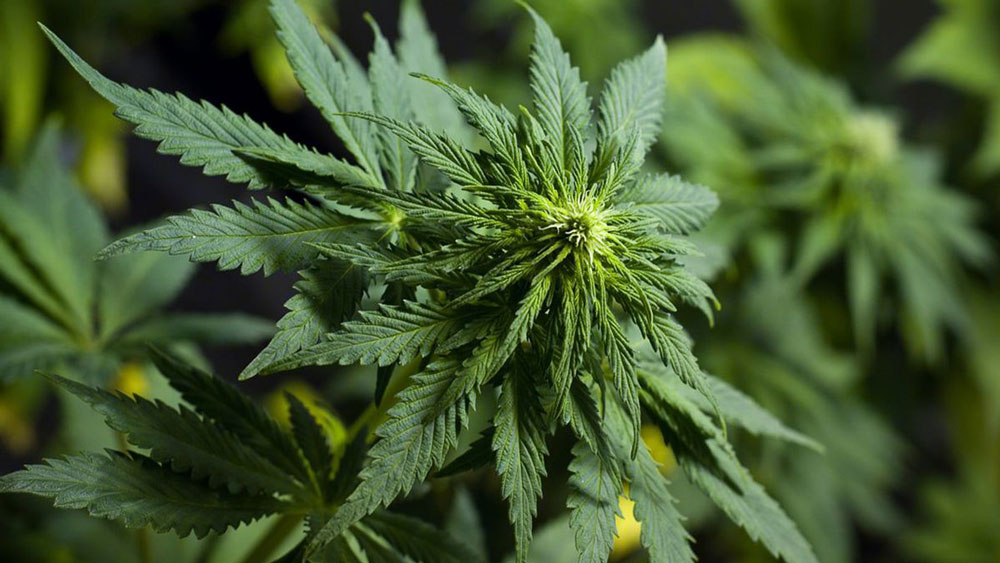Complaints about the continued dominance of the illicit cannabis market in California often center around high tax rates. If legal weed were cheaper, more people would buy from dispensaries rather than from their local dealer, the argument goes. And that’s true. But there’s a more pernicious reason for the fact that illicit sales are more than double legal sales: Many Californians don’t have access to legal weed because their local governments won’t allow it.
This problem is brought up less often than high tax rates because not much can be done about it. Thanks to the state constitution’s home-rule doctrine, local governments in California can’t be forced to issue cannabis licenses, and nearly two-thirds of them have refused to do so. As a result, vast swaths of the state are totally empty of dispensaries.
Deliveries are allowed statewide, but that doesn’t help much if the nearest pot shop is 50 or 100 miles away. Consumers in such places are left to either take long drives for their weed, grow their own (home growing is also legal statewide) or buy untested, possibly unsafe weed from an illicit dealer.
At the heart of the problem is stigma: Many of the local governments that refuse to allow cannabis licenses are filled with people, many of them older conservatives who oppose “drugs” by default. Eventually, many more governments will come around as younger people take over county boards and town councils.
Federal legalization, if and when it finally happens, will also help. By some estimates, legal sales will finally catch up to illicit sales in just a few years. But even if that happens, it will hardly be a resounding victory. It will take years after that for legal sales to finally dominate the market and force out most of the underground weed peddlers (many of whom, it should be noted, are just normal people who sell to their friends).
In the meantime, the legal industry will continue to be hobbled. Cannabis advocates are left to lobby local governments to see the light, and that’s a long, hard slog. Often, those advocates have a hard time getting across a central truth: that by refusing to issue licenses, local governments are propping up the illicit market.
A study conducted by Whitney Economics and Leafly, issued last week, found that once states have somewhere between 20 and 40 legal dispensaries per 100,000 residents, legal sales reach somewhere between 80 and 90% of the market, on average. Meanwhile, according to the study, “states with single-digit stores per 100,000 residents tend to struggle to capture legal sales, with the illicit market still accounting for 30 percent to 50 percent of sales. States with less than one store per 100,000 residents remain dominated by the illegal street market.”
By this measure, California is near the bottom, with just three dispensaries per 100,000 residents and where only about 45% of sales are legal. Compare that with Colorado, which has 18 dispensaries per 100,000 residents and where there essentially is no illicit market at all (99% of Colorado’s weed sales are legal, the study found).
The state government has made some moves toward helping the legal industry thrive: encouraging local governments to loosen up, eliminating the cultivation tax that was driving small growers out of business, consolidating the state’s three cannabis regulation agencies into one and easing some regulations.
But the biggest obstacles to a healthy cannabis economy remain: high excise taxes (the state tacks 15% onto each sale, on top of the regular sales tax and any local taxes) and the recalcitrance of local governments.
As Paul Armentano, deputy director of NORMAL, put it in a recent op-ed for CalMatters: “Local moratoriums banning the establishment of licensed cannabis retailers do nothing to limit local residents’ access to cannabis; they only limit their access to legal cannabis.” And that puts both the legal industry and consumers on the losing end.
Originally posted on EastBayExpress.com








